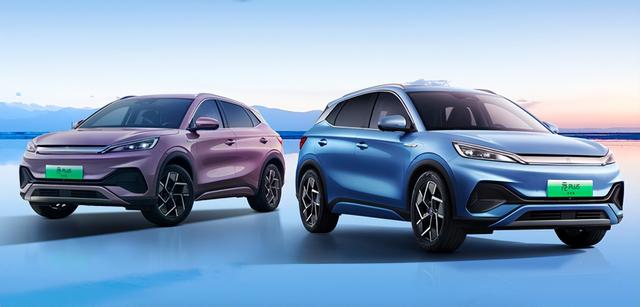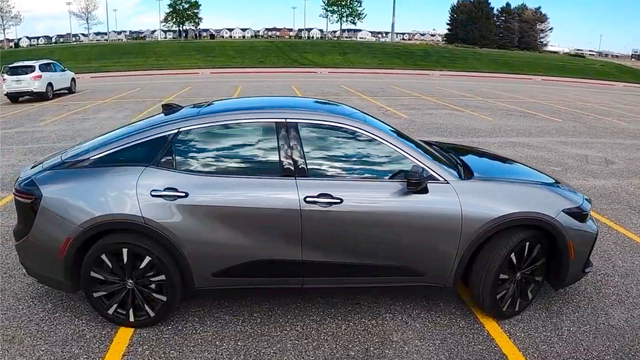Custom forging wheels are just very simple.
How does a beauty shop customize a set of so-called custom wheels for car owners? One of the distant fans of Fruit Forged Wheels sent me a picture on February 20th. He said, “Tadpole bro, I want these wheels.” I confirmed with the car owner whether he wanted the original factory wheels or the Fruit Forged Wheels, and it turned out he wanted Fruit Forged Wheels, as it would be very difficult to obtain the original factory wheels for this particular design. I also preferred it to be a very niche beauty wheel.
Furthermore, I managed to find the original factory wheels within my knowledge range. Although I had never seen or knew about them, and the picture provided was very unclear, making customization very difficult, I was able to find photos of the wheels and detailed images by searching for information or referring to external sources.
 However, since the car owner was from another city, it was not necessary for him to make a trip just to measure and calculate the data, then return for the installation after finalizing the wheels. So I asked him to find a local shop to remove the front and rear wheels. He measured the data for the original factory wheels himself. The precise measurements of the front and rear wheels are what we call perfect alignment data. Should we base it on the tire or the wheel? There was a difference.
However, since the car owner was from another city, it was not necessary for him to make a trip just to measure and calculate the data, then return for the installation after finalizing the wheels. So I asked him to find a local shop to remove the front and rear wheels. He measured the data for the original factory wheels himself. The precise measurements of the front and rear wheels are what we call perfect alignment data. Should we base it on the tire or the wheel? There was a difference.
The right rear tire was 2.3cm, and the right rear wheel was 2.7cm, according to his measurements using the method I provided.
As a beauty shop that considers itself not just a package deal store, how do we customize a set of so-called custom wheels for a car owner? For the Fruit Forged Wheels, the first step was to find high-definition and original photos of the wheels. They were supposed to be the 50th-anniversary edition wheels for Jaguar, from 1968 to 2018. With the original photos and the data the car owner provided for his original factory front and rear wheels, as well as the data he wanted to optimize, the process became easier.
Next was to communicate with the wheel manufacturer to determine the drawings and finalize the design. This involved extensive communication and modifications to the drawings. From the initial version of the drawings on March 11th, I proposed some modifications. Although the renderings looked quite similar, upon closer inspection, they were completely different concepts. On March 13th, the second version of the drawings was released, which was a significant improvement compared to the previous version.
However, there were still some differences. The design of the wheel had a subtle feature where the spokes were not straight up and down, which could be difficult to notice. More detailed areas, such as the surface of the wheel, should have a slight slope rather than the stepped surface commonly found on most forged wheels. There were several rounds of communication during this period, and the drawings were finalized on March 16th. It was almost identical without any noticeable differences. The original 50th-anniversary edition wheels were almost indistinguishable, and the wheel data was stable and precise. When the car owner provided the data, we calculated and achieved a perfect outcome. The car owner was involved in upgrading the wheels for his car, experiencing the joy of customization and mastering the style and data. These were the basics.
There were other details to consider, such as whether the wheel bolts needed to be replaced and whether they could be made according to the dimensions of the original factory wheel bolts. It is worth noting that this car originally had flat nuts, which were prone to issues. As for basic issues like bolt patterns, reputable forging factories typically wouldn’t make mistakes, but we still needed to be sure. We knew that this car had a 5×108 bolt pattern, not 5×112, 5×120, or 5×114.3.
Of course, for a set of custom wheels, the center bore must not be overlooked and must strictly adhere to the car’s diameter of 63.4mm. It would be ridiculous to need hub centric rings for a customized forged wheel. Considering that the car weighs 2.05 tons and can accommodate five strong men and miscellaneous items in the trunk, the load capacity of each wheel should be at least 750 kilograms, without considering weight reduction or cutting corners. As you can see, we also upgraded the brake system with AP Racing CP9040 six-piston calipers and 362mm rotors.

When ordering the wheels, we also needed to consider the clearance, as the wheel center caps were outsourced. The accuracy of the outer diameter, inner diameter, and diameter of the mounting feet of the wheel center caps needed to be ensured. All of these factors must be considered. There are various colors for wheels, and depending on the lighting conditions, they may appear as glossy black or a distinct shade of gray. After multiple comparisons and analyses, we determined that the interior should be glossy black, with a brushed surface, as the wheel size had been increased, but it seems the response got cut off. It appears that you were describing the process of customizing wheels for a car owner, including finding high-definition photos, communicating with the wheel manufacturer, and considering various factors such as measurements, bolt patterns, center bore, load capacity, brake system, clearance, and color options.
Customizing wheels involves working closely with the car owner to understand their preferences and requirements. This can include choosing a specific design, size, finish, and other features. Once the design is finalized, the manufacturer creates the custom wheels according to the specifications provided. The wheels are then installed on the car, ensuring proper fitment and alignment.
If there is any specific information or question you would like to ask about customizing wheels, please let me know, and I’ll be happy to assist you further.

